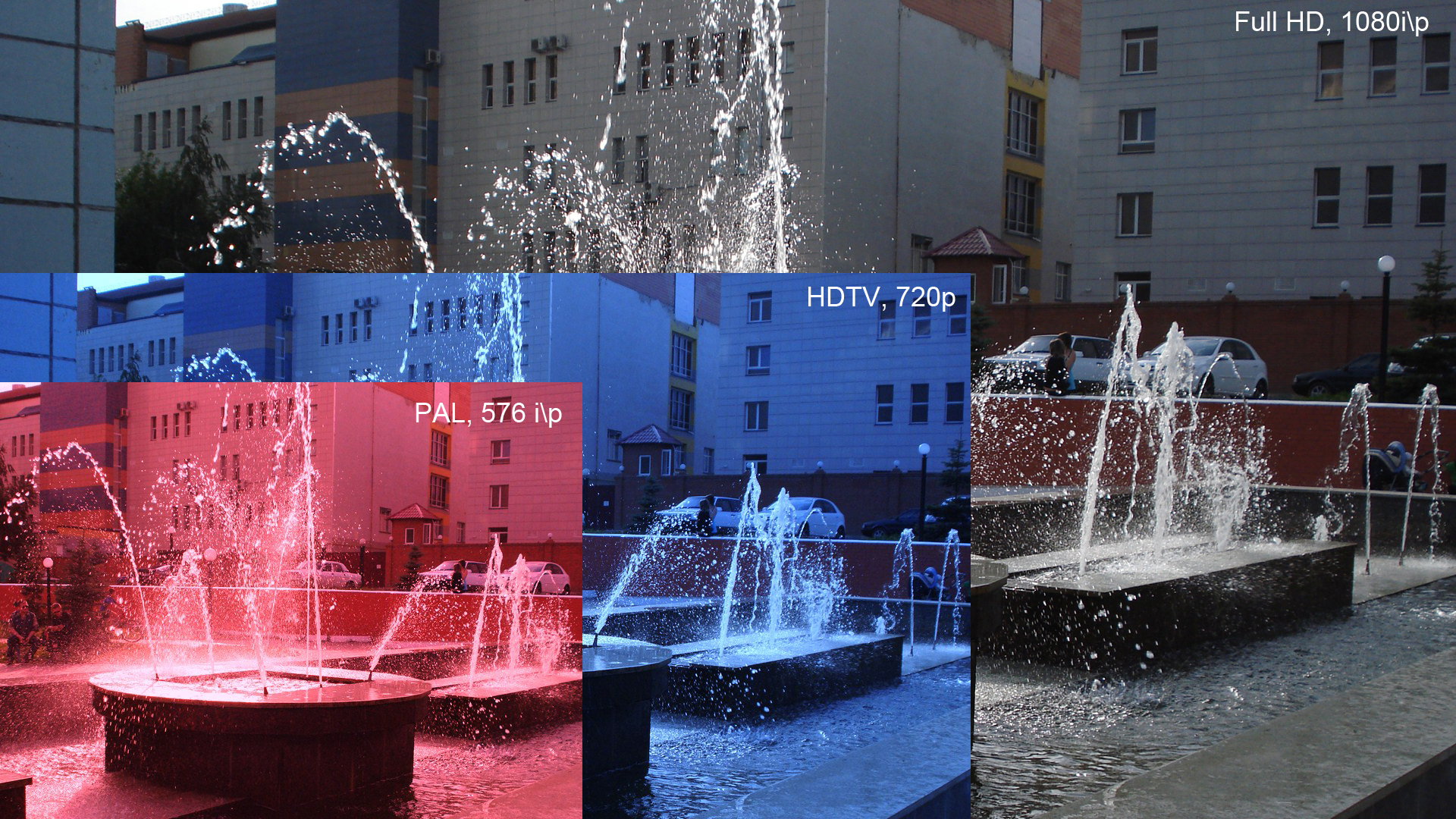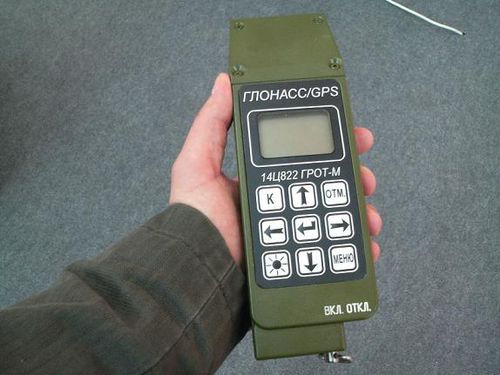|
OnePlus 8
OnePlus 8 and OnePlus 8 Pro are Android-based smartphones manufactured by OnePlus, unveiled on April 14, 2020. They became available for purchase in the United States on April 29, 2020. Specifications Hardware Both the OnePlus 8 and 8 Pro use the Snapdragon 865 processor with the Adreno 650 GPU, with either 128 or 256 GB of non-expandable UFS 3.0 storage. Both have 8 GB or 12 GB of RAM; the 8 has LPDDR4X RAM and the 8 Pro has faster, more efficient LPDDR5 RAM. Both have stereo speakers with active noise cancellation; there is no audio jack. Design The 8 and 8 Pro are constructed similarly to previous OnePlus phones, using an anodized aluminum frame and curved Gorilla Glass 5 on both the front and back. Both have a circular cutout in the upper-left-hand corner for the front-facing camera. On the 8 Pro, this replaces the pop-up camera used on the 7 Pro and 7T Pro. The rear camera module is similar to that of the 7 Pro and 7T Pro, protruding slightly from the back p ... [...More Info...] [...Related Items...] OR: [Wikipedia] [Google] [Baidu] |
VOOC
Oppo VOOC (Voltage Open Loop Multi-step Constant-Current Charging), also known as Warp Charge on OnePlus devices and Dart Charge on Realme devices, is a proprietary rapid-charge technology created by BBK Electronics. In contrast to USB Power Delivery and Qualcomm Quick Charge technology, which increases the voltage during fast charging, VOOC uses a higher current than standard USB charging. The VOOC Flash Charge circuit technology reportedly lowers the temperature of the charging adapter, and creates an interface from the adapter to the phone, which, OPPO claims, improves the speed and safety of the charge. VOOC 2.0 has been licensed to OnePlus as the Dash Charge technology. A single-cell, 30-watt (5 V/6 A) version of VOOC 4.0 has also been licensed to OnePlus as Warp Charge. OnePlus does not market its phones as VOOC-compatible despite the fact that VOOC 2.0 and Dash are compatible. , VOOC has been licensed to 14 other corporations, most of which are in the phone charging and ... [...More Info...] [...Related Items...] OR: [Wikipedia] [Google] [Baidu] |
Display Aspect Ratio
The aspect ratio of a display device is the proportional relationship between the width and the height of the display. It is expressed as two numbers separated by a colon (''x'':''y''), where ''x'' corresponds to the width and ''y'' to the height. Common aspect ratios for displays, past and present, include 5:4, 4:3, 16:10 and 16:9. Computer displays As of 2016, most computer monitors use widescreen displays with an aspect ratio of 16:9, although some portable PCs use narrower aspect ratios like 3:2 and 16:10 while some high-end desktop monitors have adopted ultrawide displays. The following table summarises the different aspect ratios that have been used in computer displays: † The resolution doesn't match the aspect ratio exactly, but is commonly marketed or described as such. History 4:3, 5:4 and 16:10 Until about 2003, most computer monitors used an aspect ratio of 4:3, and in some cases 5:4. For cathode ray tubes (CRT)s 4:3 was most common even in resolution ... [...More Info...] [...Related Items...] OR: [Wikipedia] [Google] [Baidu] |
Pixel Density
Pixels per inch (ppi) and pixels per centimetre (ppcm or pixels/cm) are measurements of the pixel density of an electronic image device, such as a computer monitor or television display, or image digitizing device such as a camera or image scanner. Horizontal and vertical density are usually the same, as most devices have square pixels, but differ on devices that have non-square pixels. Note that pixel density is not the same as where the former describes the amount of detail on a physical surface or device, the latter describes the amount of pixel information regardless of its scale. Considered in another way, a pixel has no inherent size or unit (a pixel is actually a sample), but when it is printed, displayed, or scanned, then the pixel has both a physical size (dimension) and a pixel density (ppi). Basic principles Since most digital hardware devices use dots or pixels, the size of the media (in inches) and the number of pixels (or dots) are directly related by the 'pixels per ... [...More Info...] [...Related Items...] OR: [Wikipedia] [Google] [Baidu] |
1080p
1080p (1920×1080 progressively displayed pixels; also known as Full HD or FHD, and BT.709) is a set of HDTV high-definition video modes characterized by 1,920 pixels displayed across the screen horizontally and 1,080 pixels down the screen vertically; the ''p'' stands for progressive scan, ''i.e.'' non-interlaced. The term usually assumes a widescreen aspect ratio of 16:9, implying a resolution of 2.1 megapixels. It is often marketed as Full HD or FHD, to contrast 1080p with 720p resolution screens. Although 1080p is sometimes informally referred to as 2K, these terms reflect two distinct technical standards, with differences including resolution and aspect ratio. 1080p video signals are supported by ATSC standards in the United States and DVB standards in Europe. Applications of the 1080p standard include television broadcasts, Blu-ray Discs, smartphones, Internet content such as YouTube videos and Netflix TV shows and movies, consumer-grade televisions and projector ... [...More Info...] [...Related Items...] OR: [Wikipedia] [Google] [Baidu] |
AMOLED
AMOLED (active-matrix organic light-emitting diode, ) is a type of OLED display device technology. OLED describes a specific type of thin-film-display technology in which organic compounds form the electroluminescence, electroluminescent material, and active matrix refers to the technology behind the addressing of pixels. Since 2007, AMOLED technology has been used in mobile phones, media players, TVs and digital cameras, and it has continued to make progress toward low-power, low-cost, high resolution and large size (for example, 88-inch and 8K resolution) applications. Design An AMOLED display consists of an active matrix of OLED pixels generating light (luminescence) upon electrical activation that have been deposited or integrated onto a thin-film transistor (TFT) array, which functions as a series of switches to control the current flowing to each individual pixel. Typically, this continuous current flow is controlled by at least two TFTs at each pixel (to trigger the ... [...More Info...] [...Related Items...] OR: [Wikipedia] [Google] [Baidu] |
Galileo (satellite Navigation)
Galileo is a global navigation satellite system (GNSS) that went live in 2016, created by the European Union through the European Space Agency (ESA), operated by the European Union Agency for the Space Programme (EUSPA), headquartered in Prague, Czech Republic, with two ground operations centres in Fucino, Italy, and Oberpfaffenhofen, Germany. The €10 billion project is named after the Italian astronomer Galileo Galilei. One of the aims of Galileo is to provide an independent high-precision positioning system so European political and military authorities do not have to rely on the US GPS, or the Russian GLONASS systems, which could be disabled or degraded by their operators at any time. The use of basic (lower-precision) Galileo services is free and open to everyone. A fully encrypted higher-precision service is available for free to government-authorized users. Galileo is intended to provide horizontal and vertical position measurements within 1 m precision. Galileo is al ... [...More Info...] [...Related Items...] OR: [Wikipedia] [Google] [Baidu] |
BeiDou Navigation Satellite System
The BeiDou Navigation Satellite System (BDS; ) is a Chinese satellite navigation system. It consists of two separate satellite constellations. The first BeiDou system, officially called the BeiDou Satellite Navigation Experimental System and also known as BeiDou-1, consisted of three satellites which, beginning in 2000, offered limited coverage and navigation services, mainly for users in China and neighboring regions. BeiDou-1 was decommissioned at the end of 2012. The second generation of the system, officially called the BeiDou Navigation Satellite System (BDS) and also known as COMPASS or BeiDou-2, became operational in China in December 2011 with a partial constellation of 10 satellites in orbit. Since December 2012, it has been offering services to customers in the Asia-Pacific region. In 2015, China launched the third generation BeiDou system (BeiDou-3) for global coverage. The first BDS-3 satellite was launched on 30 March 2015. On 27 December 2018, BeiDou Navigation ... [...More Info...] [...Related Items...] OR: [Wikipedia] [Google] [Baidu] |
GLONASS
GLONASS (russian: ГЛОНАСС, label=none, ; rus, links=no, Глобальная навигационная спутниковая система, r=Global'naya Navigatsionnaya Sputnikovaya Sistema, t=Global Navigation Satellite System) is a Russian satellite navigation system operating as part of a radionavigation-satellite service. It provides an alternative to Global Positioning System (GPS) and is the second navigational system in operation with global coverage and of comparable precision. Satellite navigation devices supporting both GPS and GLONASS have more satellites available, meaning positions can be fixed more quickly and accurately, especially in built-up areas where buildings may obscure the view to some satellites. GLONASS supplementation of GPS systems also improves positioning in high latitudes (north or south). Development of GLONASS began in the Soviet Union in 1976. Beginning on 12 October 1982, numerous rocket launches added satellites to the system, unti ... [...More Info...] [...Related Items...] OR: [Wikipedia] [Google] [Baidu] |
Satellite Navigation
A satellite navigation or satnav system is a system that uses satellites to provide autonomous geo-spatial positioning. It allows satellite navigation devices to determine their location (longitude, latitude, and altitude/elevation) to high precision (within a few centimetres to metres) using time signals transmitted along a line of sight by radio from satellites. The system can be used for providing position, navigation or for tracking the position of something fitted with a receiver (satellite tracking). The signals also allow the electronic receiver to calculate the current local time to a high precision, which allows time synchronisation. These uses are collectively known as Positioning, Navigation and Timing (PNT). One set of critical vulnerabilities in satellite communications are the signals that govern positioning, navigation and timing (PNT). Failure to properly secure these transmissions could not only disrupt satellite networks but wreak havoc on a host of dependent s ... [...More Info...] [...Related Items...] OR: [Wikipedia] [Google] [Baidu] |
Magnetometer
A magnetometer is a device that measures magnetic field or magnetic dipole moment. Different types of magnetometers measure the direction, strength, or relative change of a magnetic field at a particular location. A compass is one such device, one that measures the direction of an ambient magnetic field, in this case, the Earth's magnetic field. Other magnetometers measure the magnetic dipole moment of a magnetic material such as a ferromagnet, for example by recording the effect of this magnetic dipole on the induced current in a coil. The first magnetometer capable of measuring the absolute magnetic intensity at a point in space was invented by Carl Friedrich Gauss in 1833 and notable developments in the 19th century included the Hall effect, which is still widely used. Magnetometers are widely used for measuring the Earth's magnetic field, in geophysical surveys, to detect magnetic anomalies of various types, and to determine the dipole moment of magnetic materials. In an air ... [...More Info...] [...Related Items...] OR: [Wikipedia] [Google] [Baidu] |
Proximity Sensor
A proximity sensor is a sensor able to detect the presence of nearby objects without any physical contact. A proximity sensor often emits an electromagnetic field or a beam of electromagnetic radiation (infrared, for instance), and looks for changes in the field or return signal. The object being sensed is often referred to as the proximity sensor's target. Different proximity sensor targets demand different sensors. For example, a capacitive proximity sensor or photoelectric sensor might be suitable for a plastic target; an inductive proximity sensor always requires a metal target. Proximity sensors can have a high reliability and long functional life because of the absence of mechanical parts and lack of physical contact between the sensor and the sensed object. Proximity sensors are also used in machine vibration monitoring to measure the variation in distance between a shaft and its support bearing. This is common in large steam turbines, compressors, and motors that u ... [...More Info...] [...Related Items...] OR: [Wikipedia] [Google] [Baidu] |









